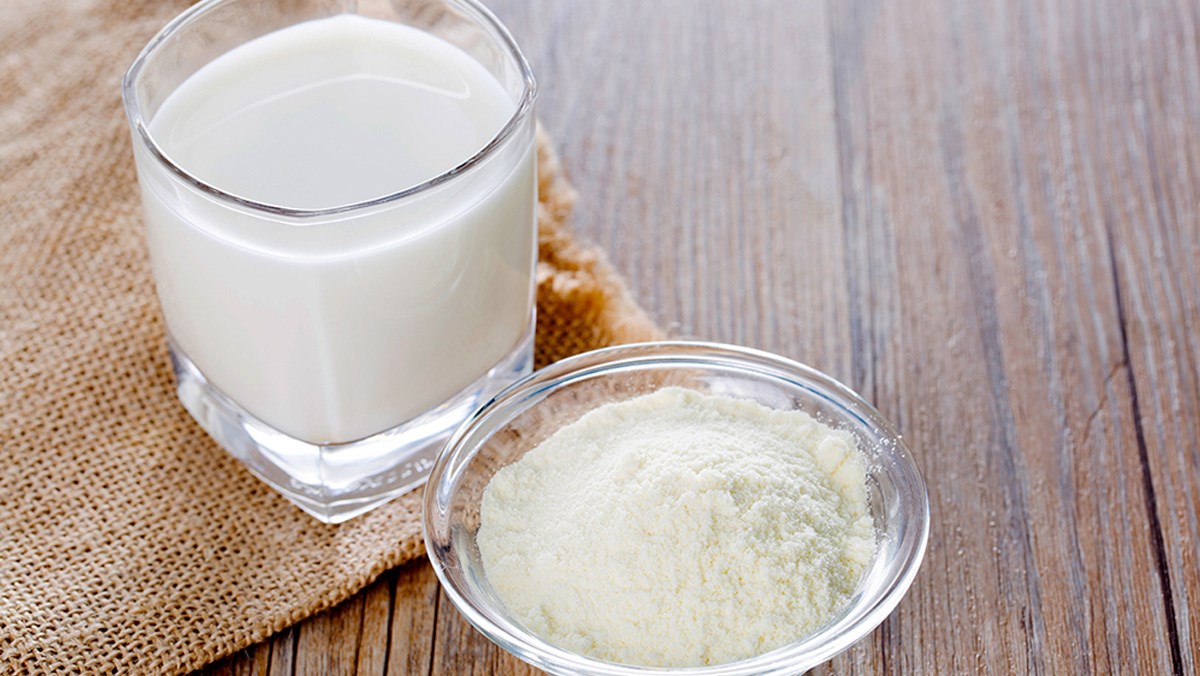

Myth or Truth: Can Milk with Whey or not?
That Whey Protein shake, huh? Put some fruit, add some milk, maybe even a little sugar to make it taste sweeter. Yum! Delicious. Yes, but the truth is that these ingredients mischaracterize the supplement, losing the quality and purpose of the Whey.
Controversial subject today…
We’ll show you what you can and can’t take with Whey Protein and their respective explanations.
Also read: The best foods to mix with Whey Protein!
Understand what Whey Protein does!
For you who think Whey Protein is a complex product created by scientists in laboratories, know that it is much simpler than that. There are laboratories, but it is not that complicated.
Whey Protein comes from the whey of milk, a by-product obtained in the process of transforming milk into cheese.
This whey goes through several filtering processes to remove as many carbohydrates, fats, lactose, and other impurities as possible. After, it is submitted to the drying process, and thus, arrive in this protein powder format. And of course, after that, the Whey’s flavor customization. Simple, isn’t it?
Read more: Which Whey is right for you?
Stop throwing money away: you are ruining your Whey and you don’t know it
When you mix Whey with other elements, the absorption is decreased.
Yes, this really happens. Fats and casein (another milk protein) are slower to digest than Whey and end up slowing down the absorption speed of the supplement. And it can impair the results of the workout.
Many people think that for a better muscle recovery the ideal is to consume protein up to 30 minutes after training, because there would be a short ‘window of opportunity’ at that moment. However, studies show that this window can last for hours and the most important thing is that you ingest the right amount of the nutrient throughout the day.
So there is no need to take Whey at the gym. You can go home and take it easy or, if you’re not hungry, even wait until dinner time to eat your protein.
Your questions answered: How much protein do you need to consume per day?
What happens when you take Whey Protein with milk?
The main difference between taking whey protein with milk or with water is in the amount of calories.
While a scoop of whey with 240 ml of water contains approximately 110 calories, the same amount of the supplement diluted in whole milk provides approximately 266 calories, while with skim milk you will be consuming 203 calories, and semi-skim milk 242 calories, approximately.
If your goal is to lose weight, this is not the best option. What’s more, in our first topic we explained how the process of separating milk protein is accomplished.
So think about it. After all the work to separate the protein (the most valuable element in milk) from all the fat, sugar and lactose, you are going to mix it back with milk? Do you realize how meaningless it is?!
See also: Whey Protein and breastfeeding: is it true that mothers can’t consume the product?
Take Whey Protein with water! Bottom line
Whey Protein is a fast-absorbing supplement. And even though many nutritionists disagree about this, scientific research shows that taking it with water brings the best results.
After all, in this model, you will be delivering to the body a protein that will be absorbed much faster. Other foods affect this process, completely changing the results of your Whey.
There you go, now you know the do’s and dont’s of Whey Protein.
Do you have questions or would you like more information? Keep following our blog.
We are always bringing tips, news, and news about nutrition that generates results.
Thanks for reading and see you next time!